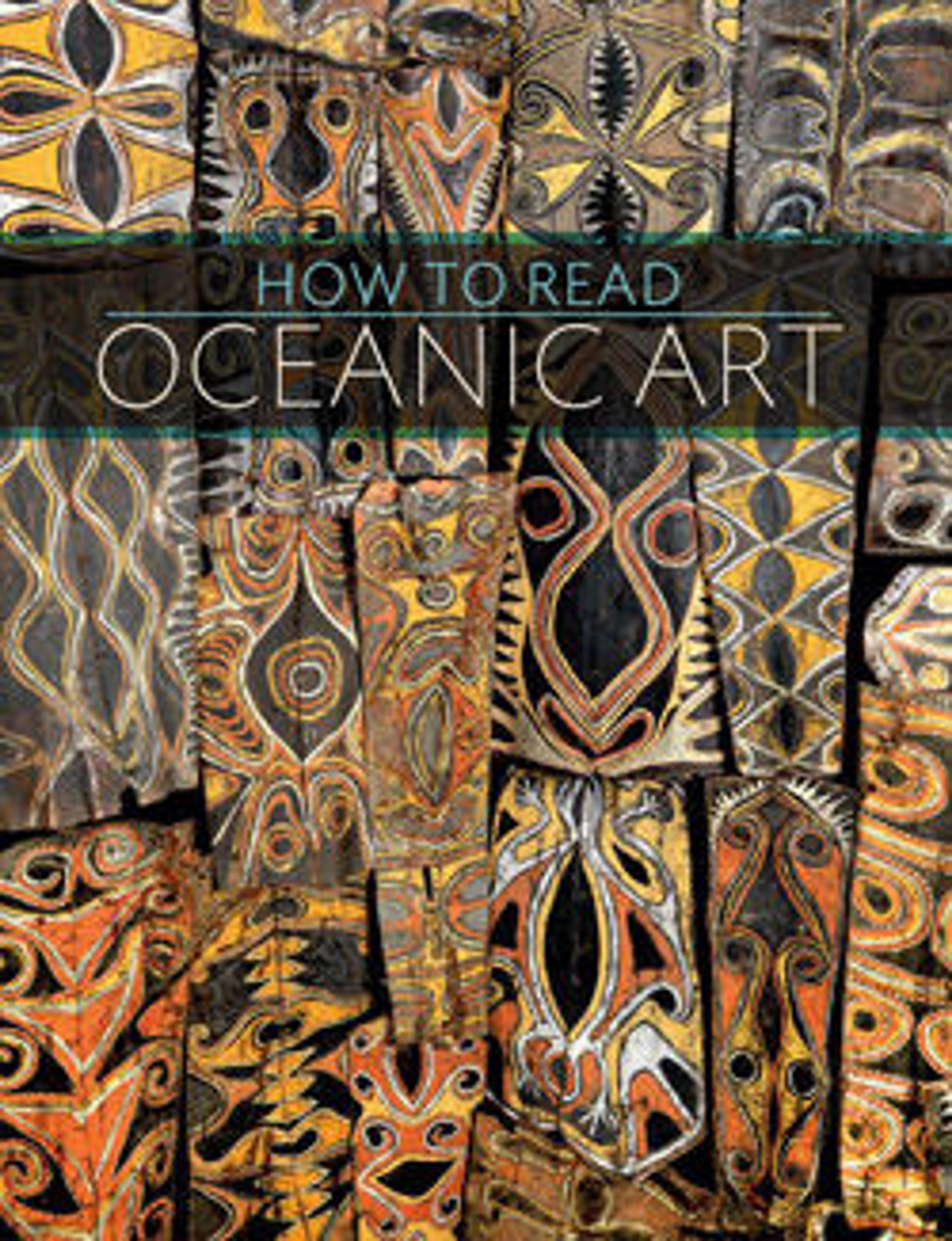Boomerang
Like the majority of Aboriginal boomerangs, the hooked boomerangs of central and northern Australia were nonreturning. Often referred to as "number 7" boomerangs because of their distinctive shape, these boomerangs appear to have been made primarily by the peoples of the Tanami desert region, but were exchanged widely throughout the central and northern regions of the continent along a complex and far-reaching system of inland trade routes. Boomerangs of this type were primarily employed in fighting, but were also used in bird hunting. Thrown into the rising flocks, they were highly effective in striking birds in flight, causing them to fall to the ground where they could be easily captured.
Artwork Details
- Title:Boomerang
- Date:late 19th–early 20th century
- Geography:Australia, Western Australia
- Culture:possibly Warlpiri or Warumungu people
- Medium:Wood
- Dimensions:H. 10 1/8 x W. 28 1/4 in. (25.7 x 71.8 cm)
- Classification:Wood-Implements
- Credit Line:The Michael C. Rockefeller Memorial Collection, Bequest of Nelson A. Rockefeller, 1979
- Object Number:1979.206.1667
- Curatorial Department: The Michael C. Rockefeller Wing
More Artwork
Research Resources
The Met provides unparalleled resources for research and welcomes an international community of students and scholars. The Met's Open Access API is where creators and researchers can connect to the The Met collection. Open Access data and public domain images are available for unrestricted commercial and noncommercial use without permission or fee.
To request images under copyright and other restrictions, please use this Image Request form.
Feedback
We continue to research and examine historical and cultural context for objects in The Met collection. If you have comments or questions about this object record, please contact us using the form below. The Museum looks forward to receiving your comments.
